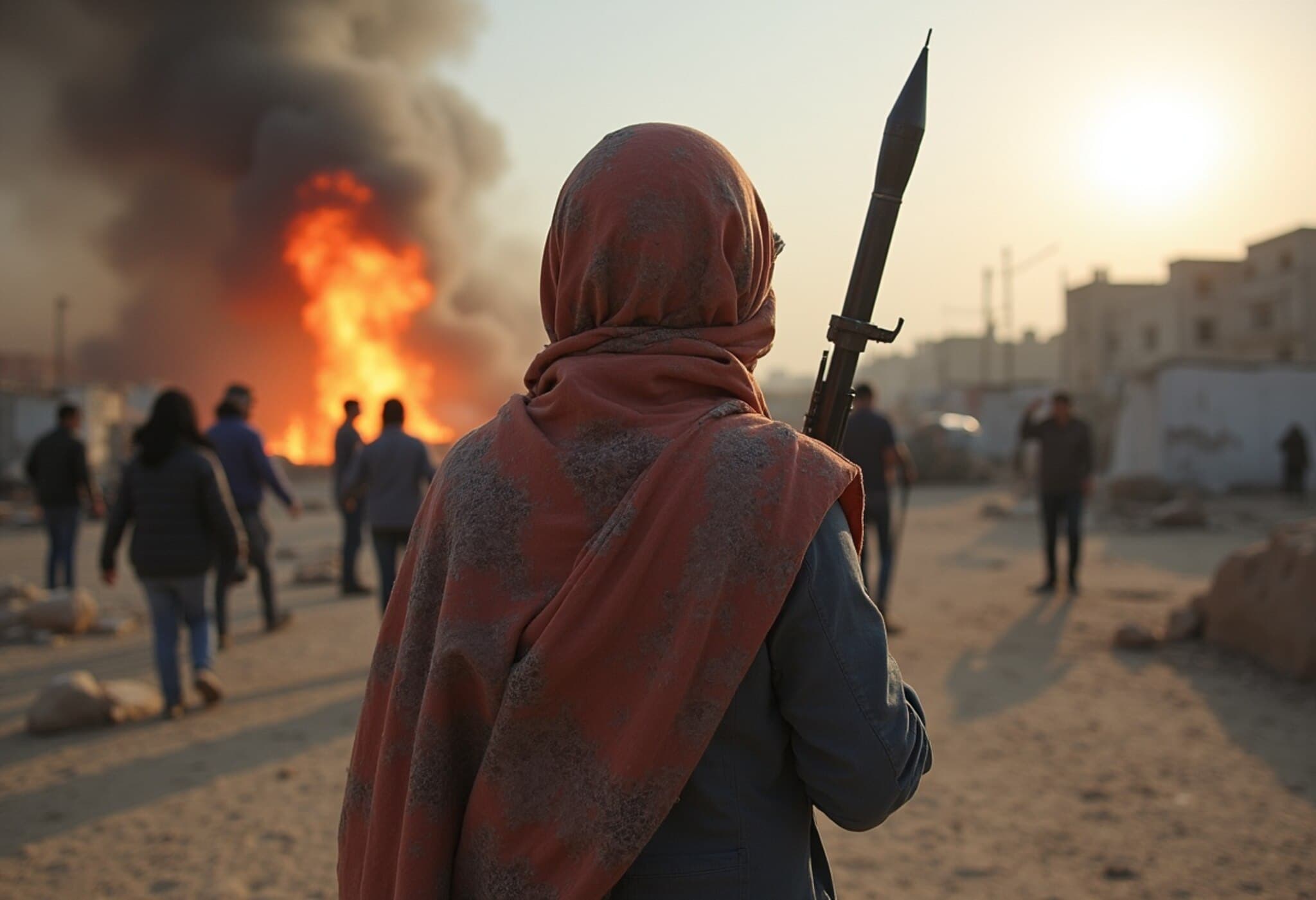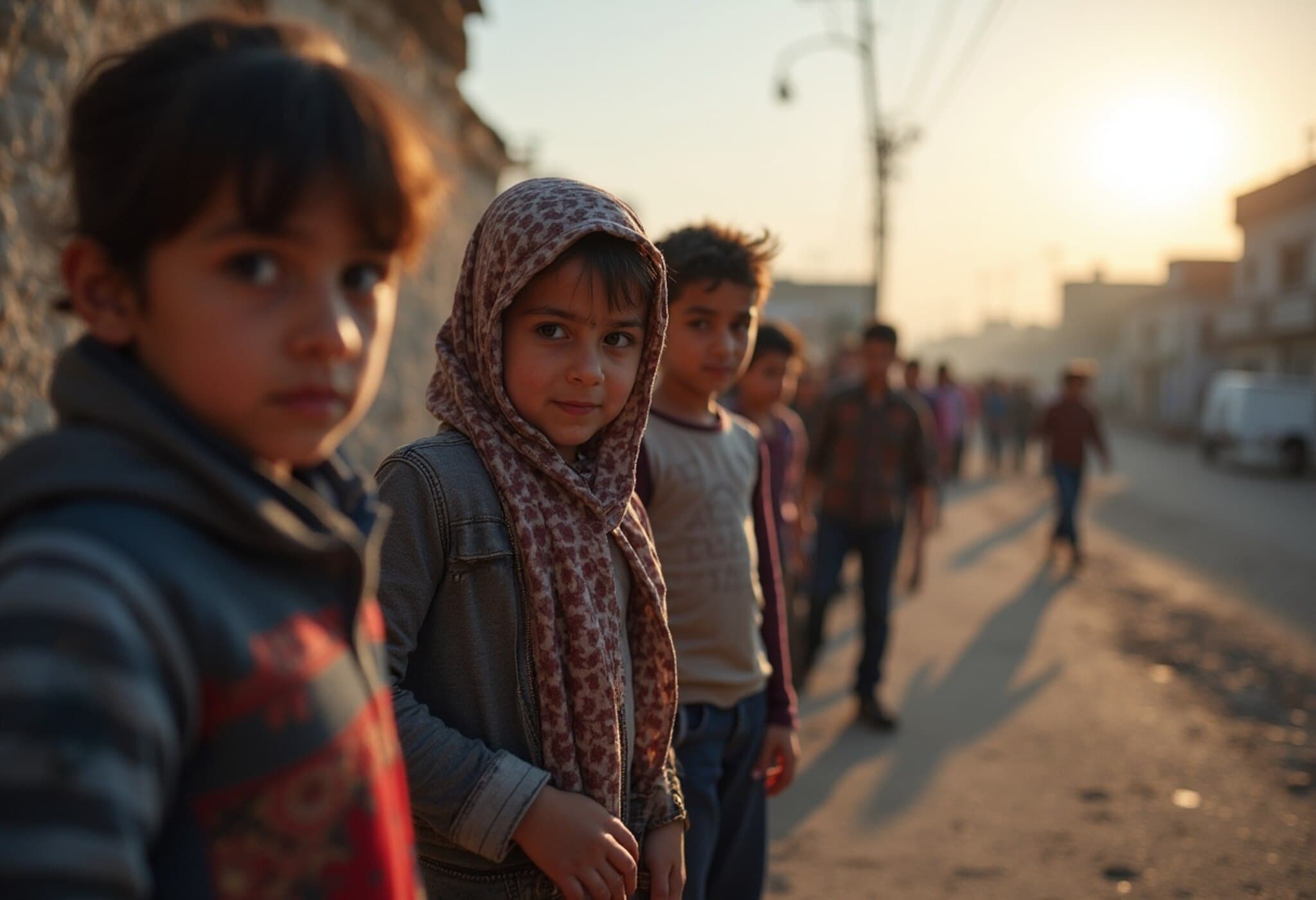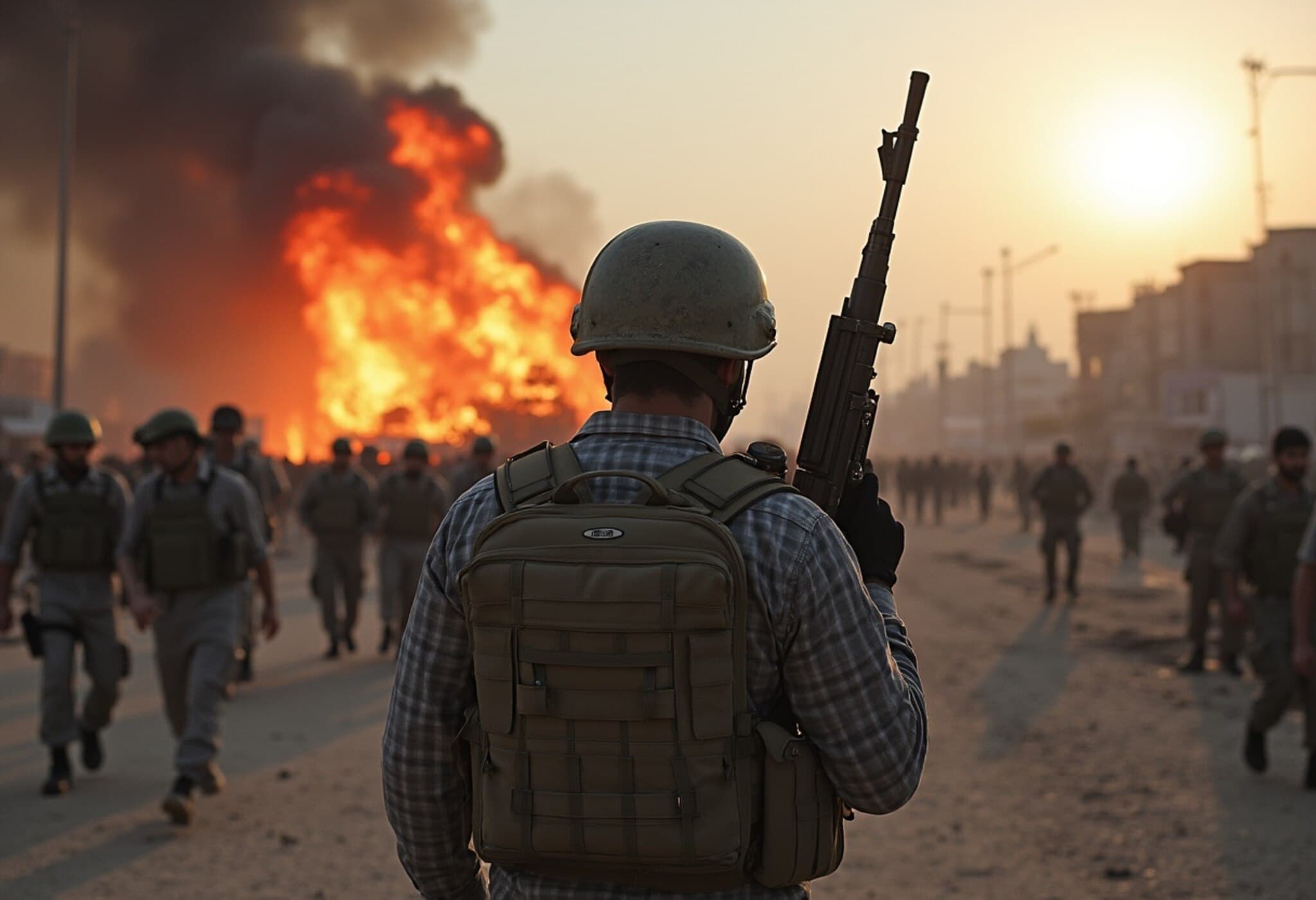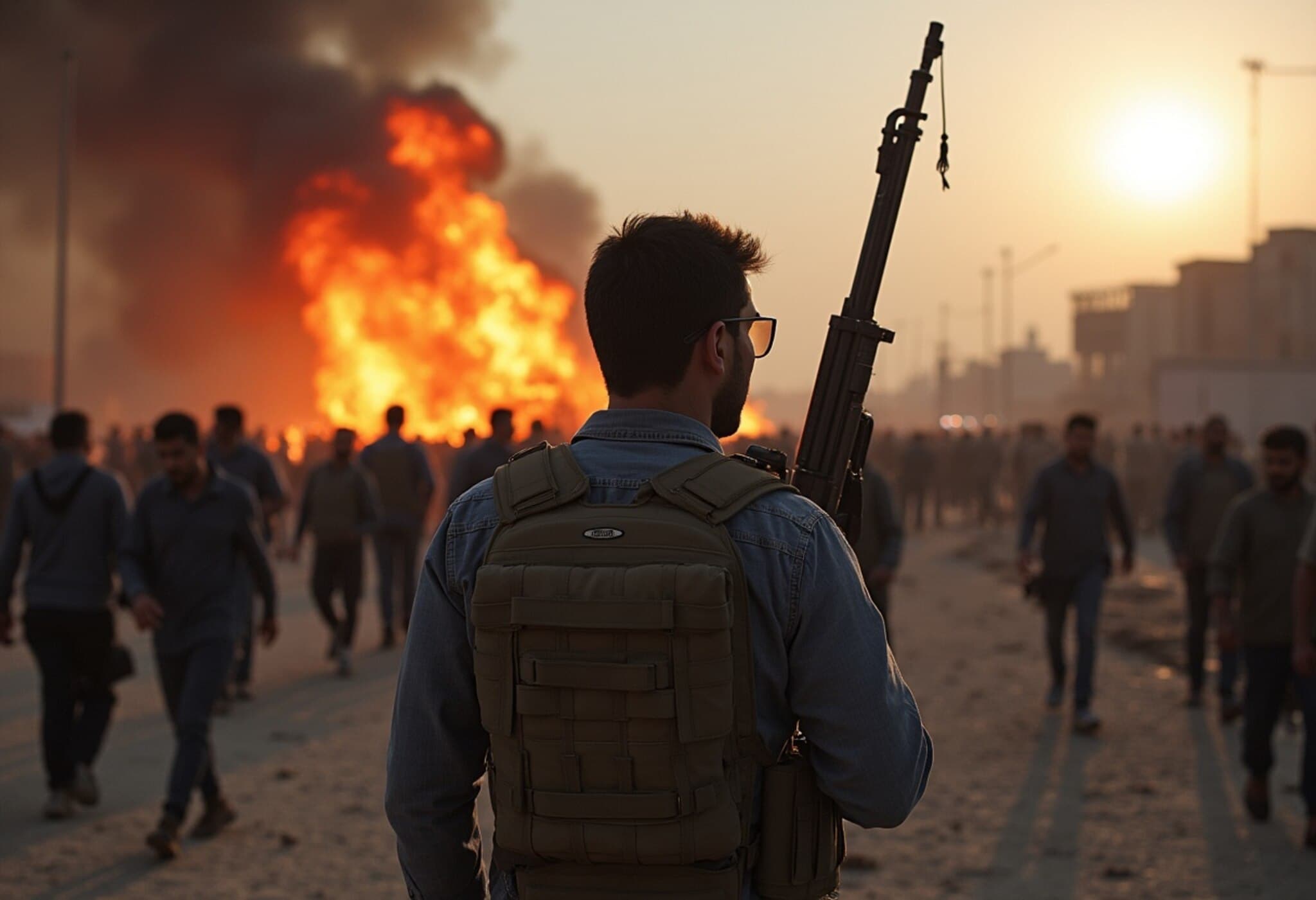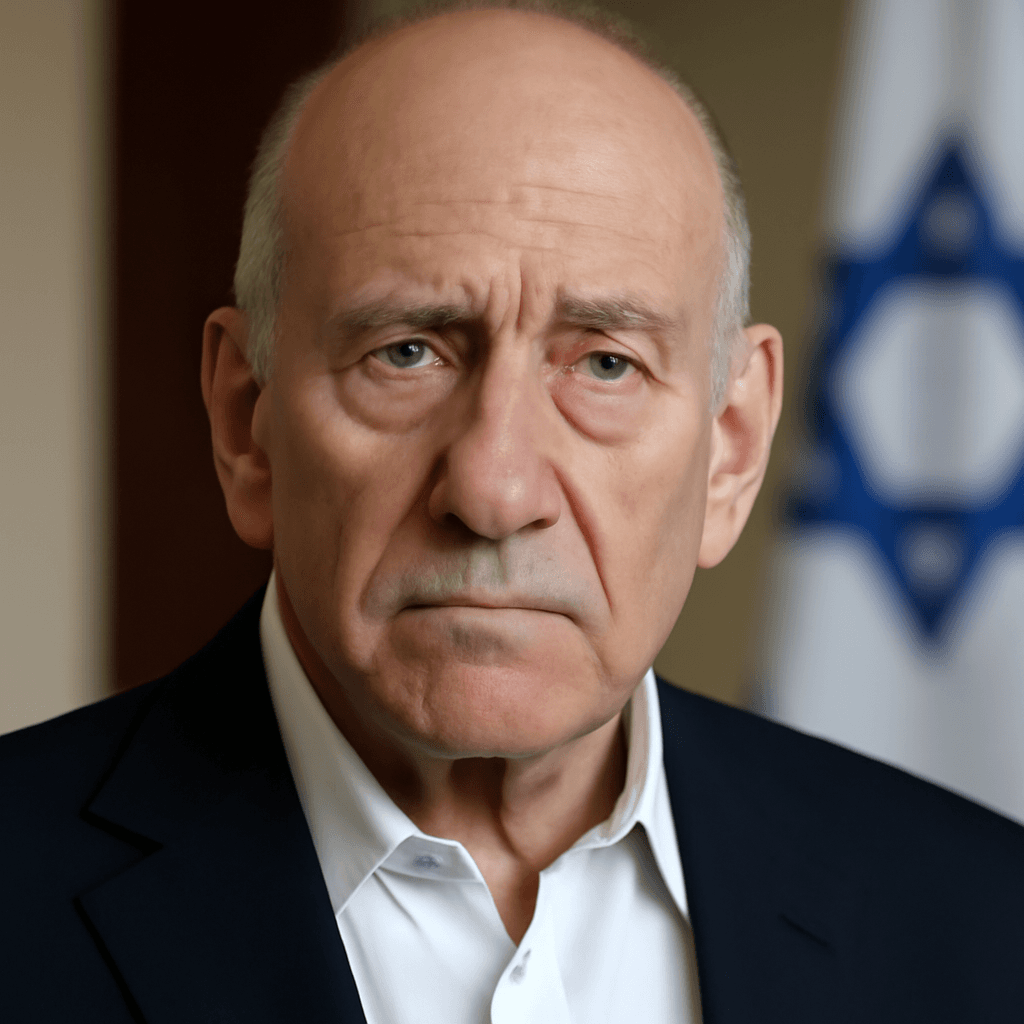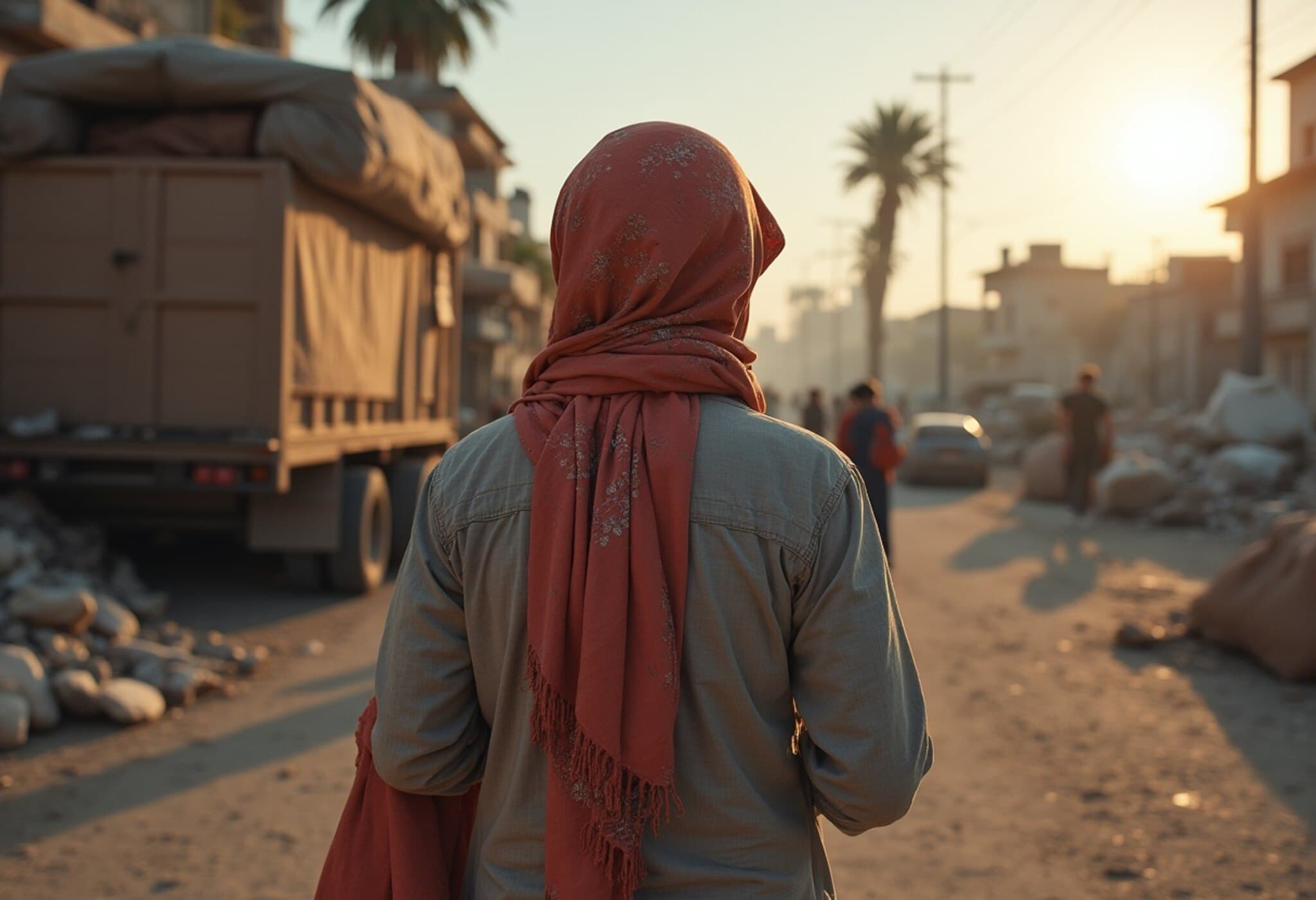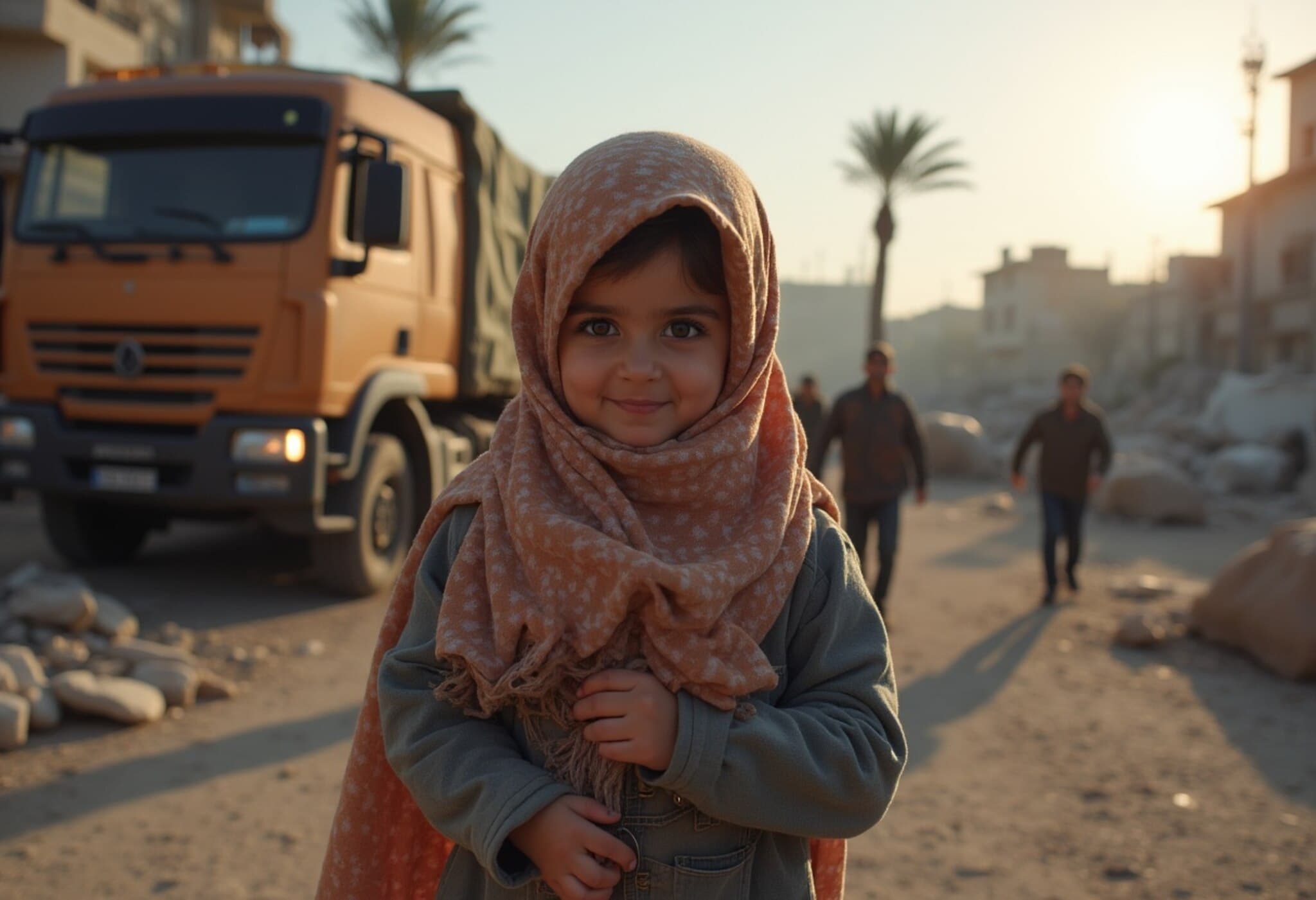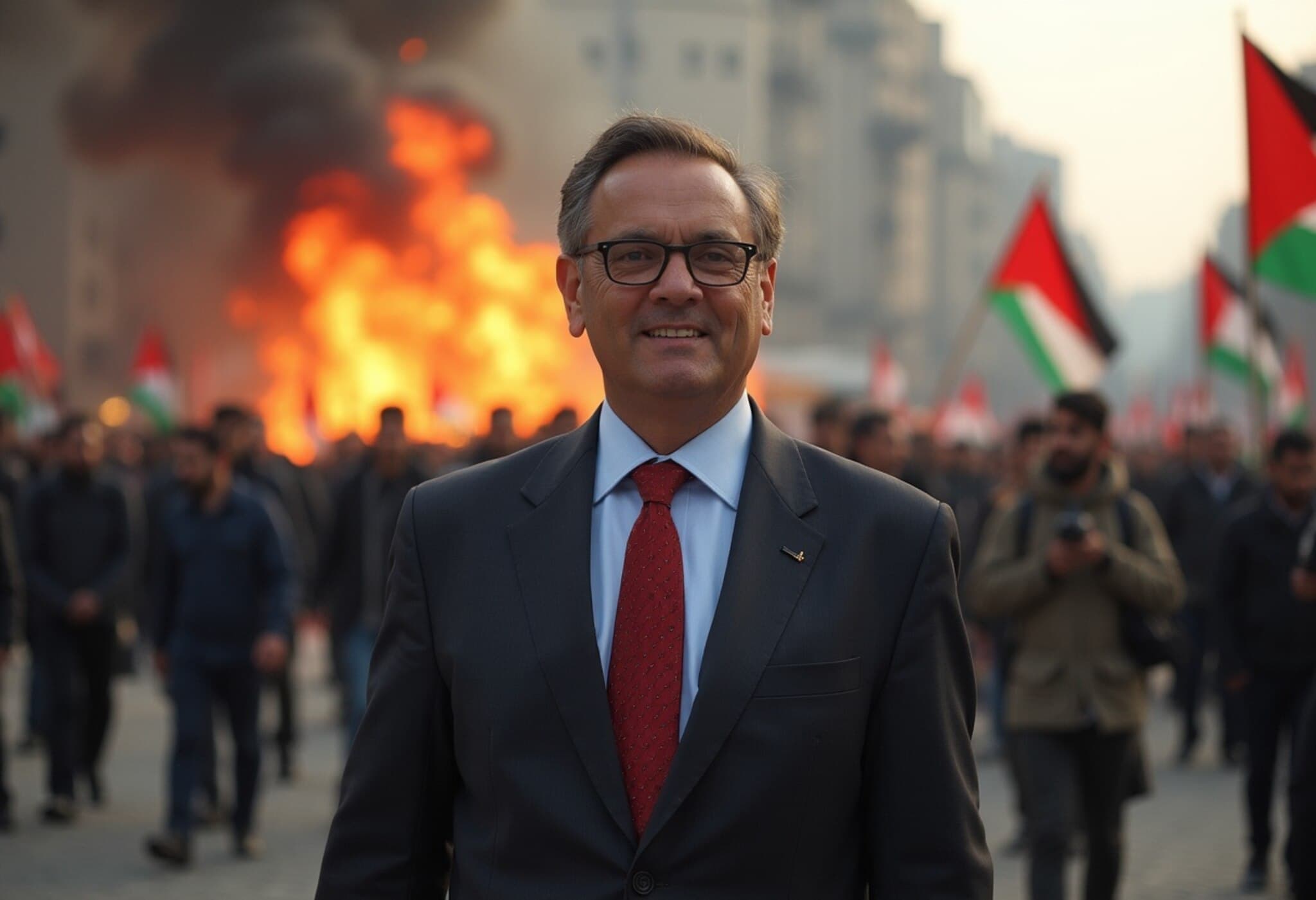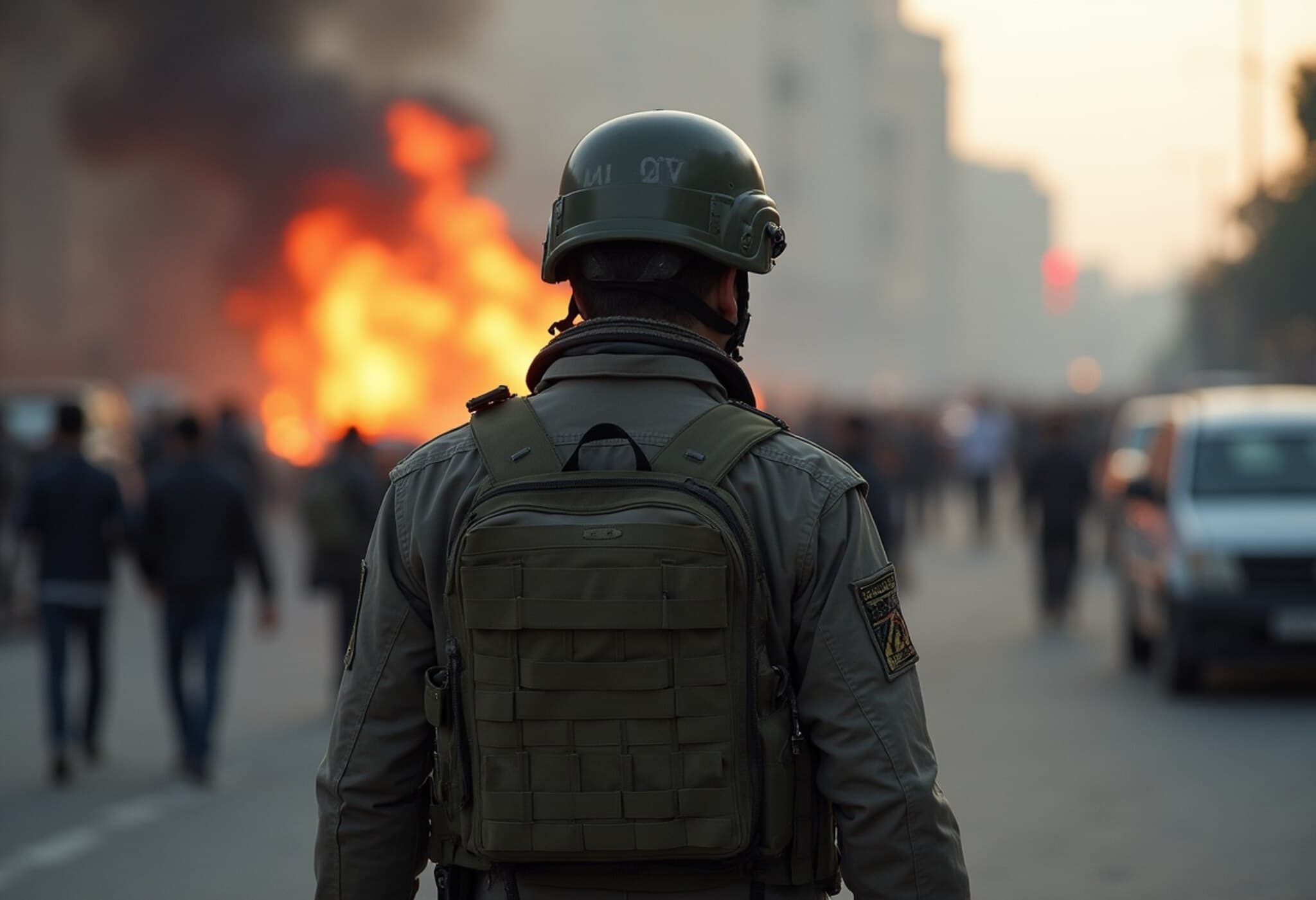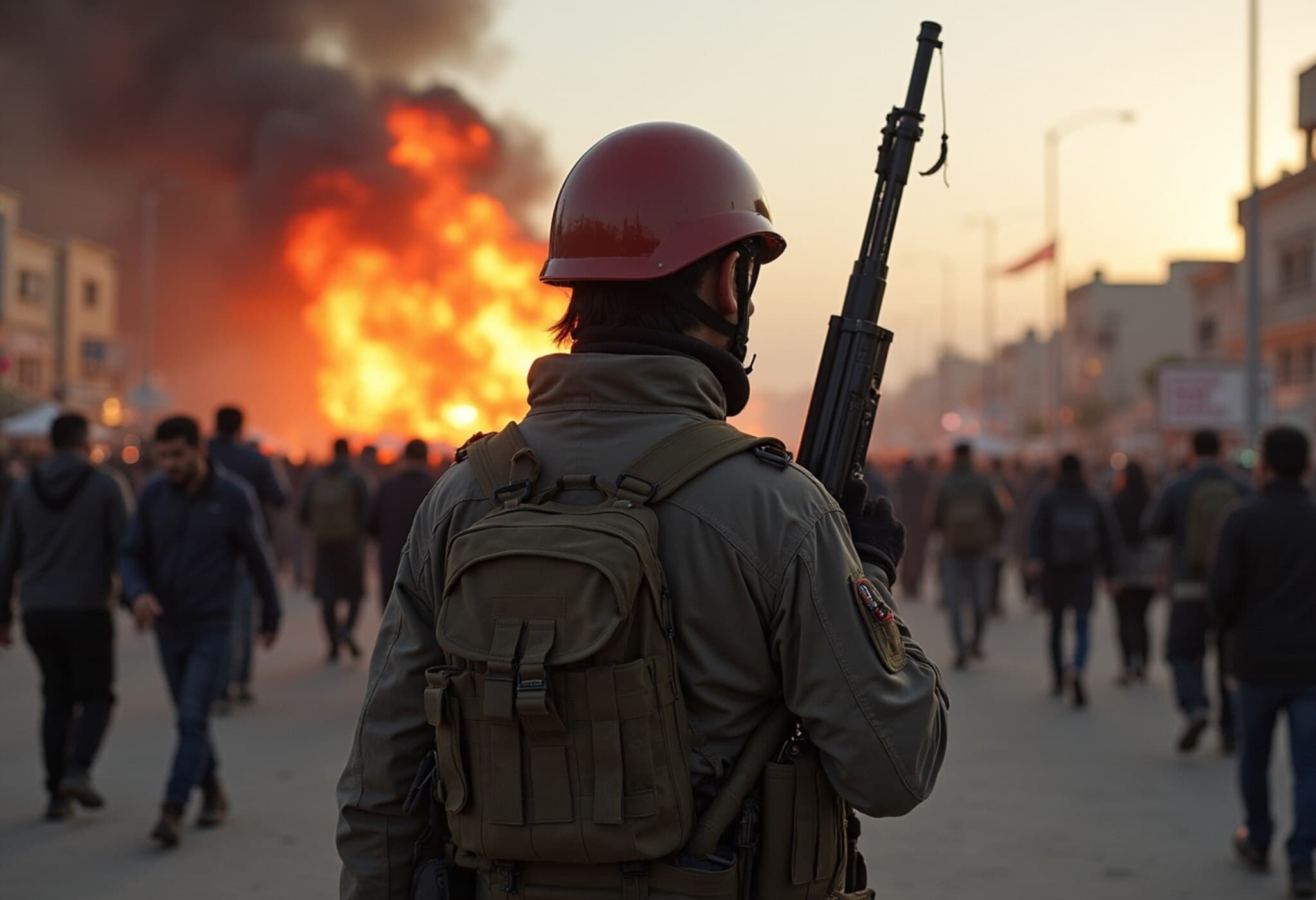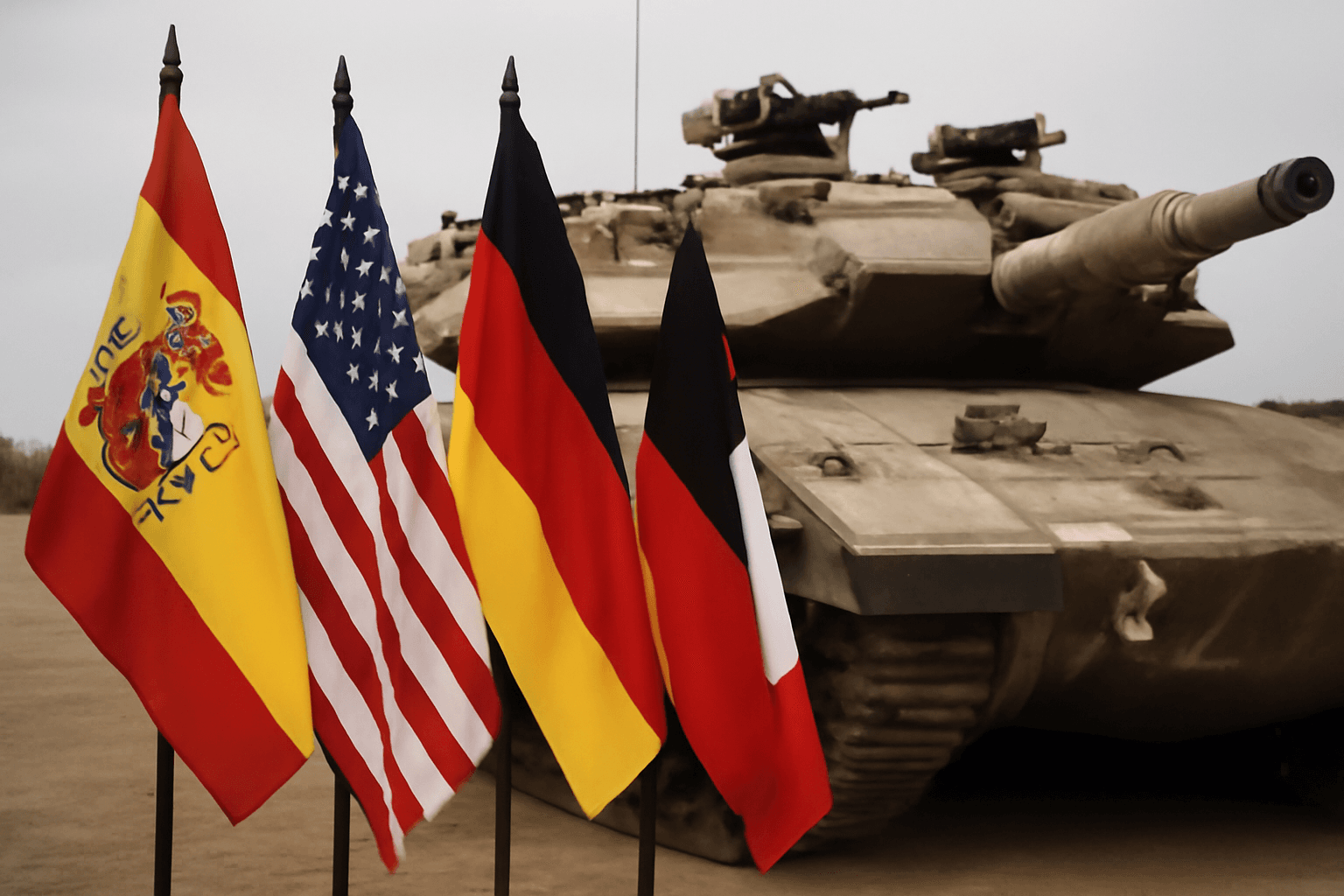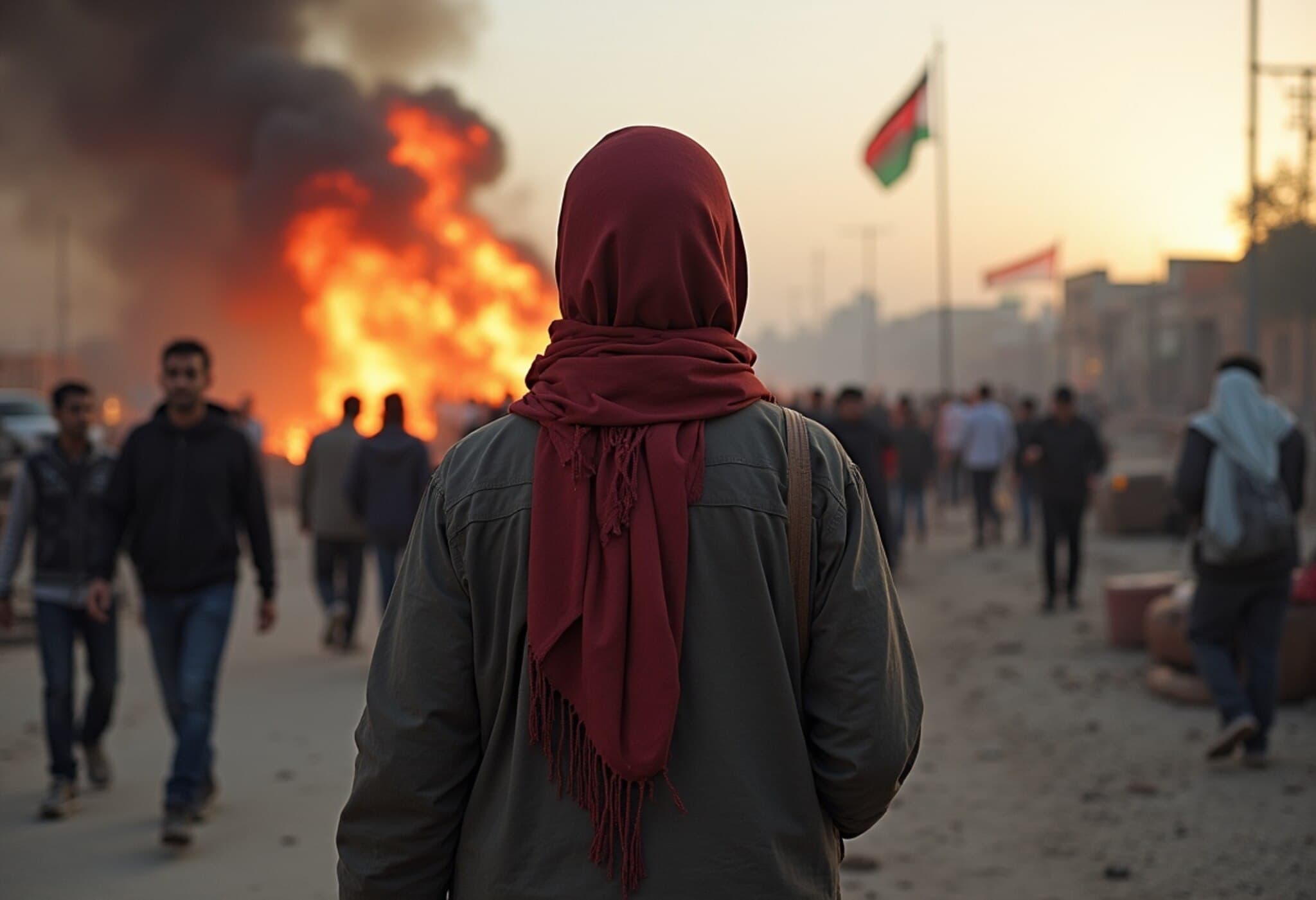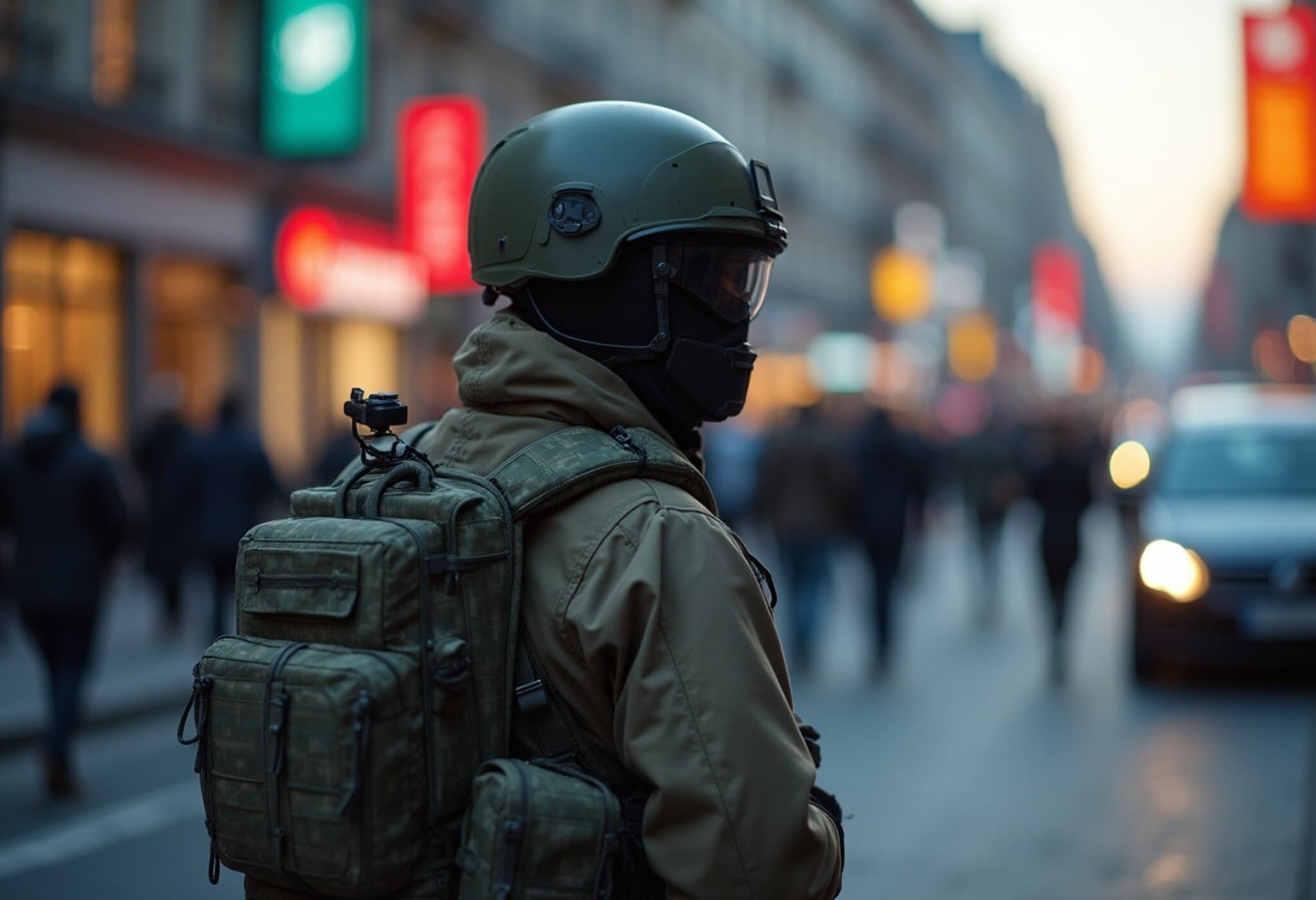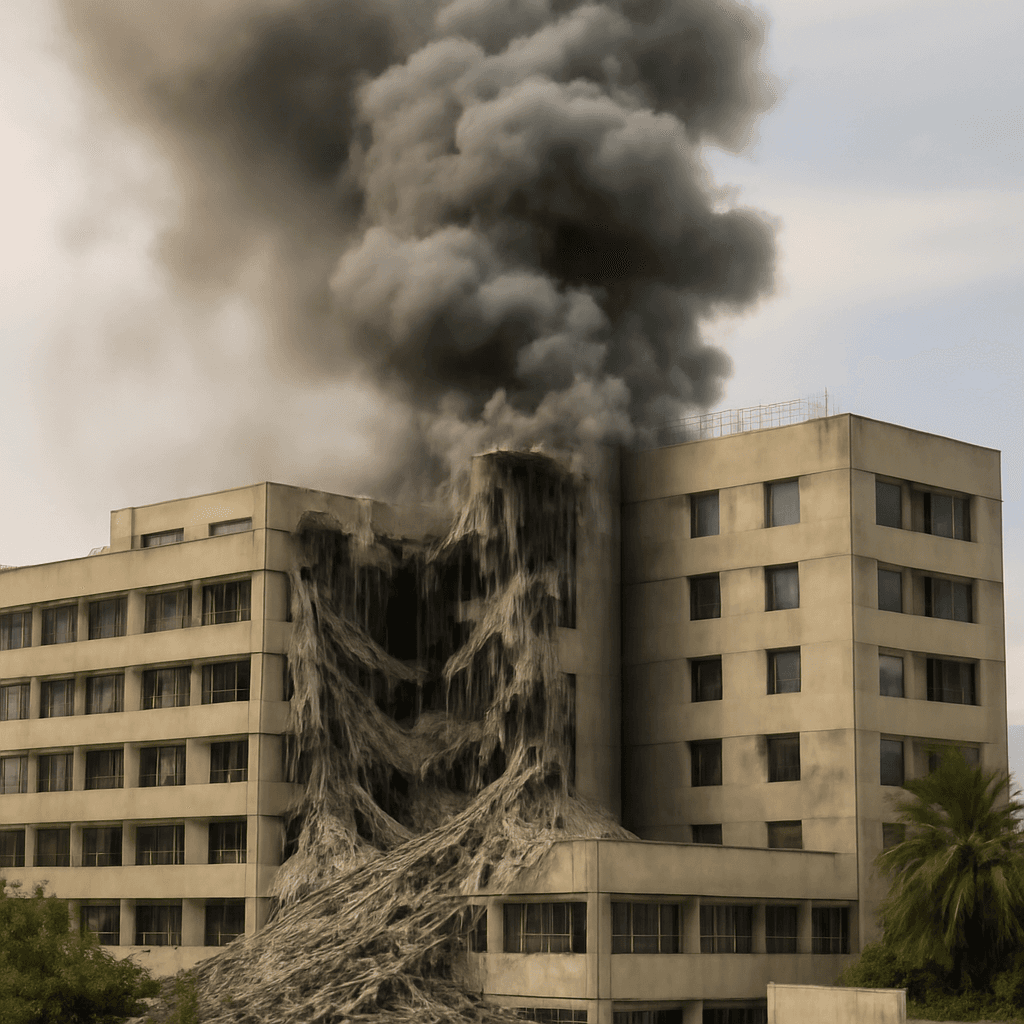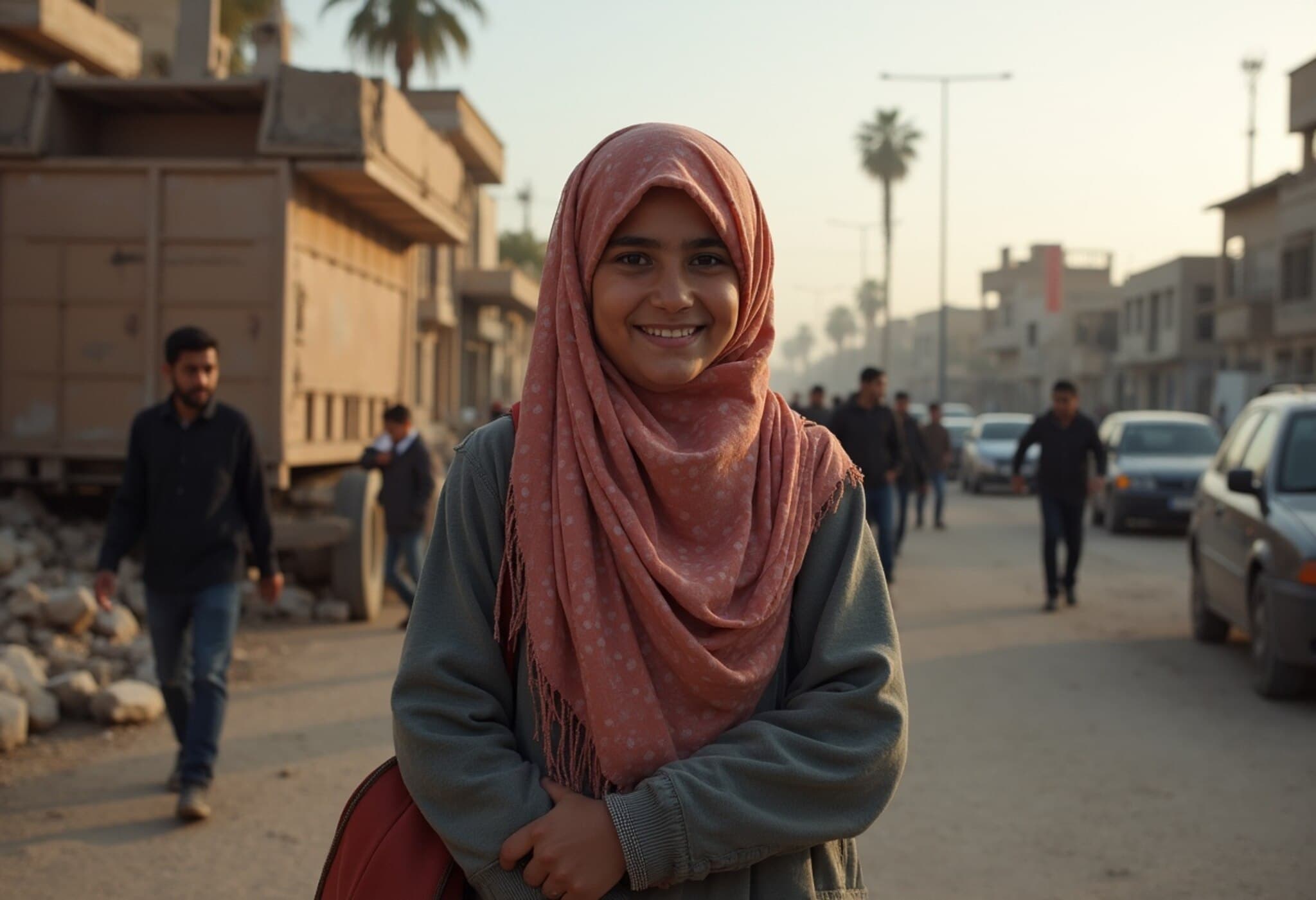Tragic Missile Malfunction Claims Eight Lives in Gaza
In a devastating incident on Sunday, a missile launched by the Israel Defence Forces (IDF) malfunctioned and struck a water distribution center in the Nuseirat refugee camp in central Gaza. The strike resulted in the deaths of eight Palestinians, six of whom were children, and left at least 17 others injured, according to health officials on the ground.
Details of the Incident and Immediate Aftermath
Emergency physician Ahmed Abu Saifan from Al-Awda Hospital confirmed that the impact site was a vital water distribution point, a lifeline for Gaza’s residents amid an ongoing humanitarian crisis. This tragic error underscores the dire conditions faced daily by those living in the enclave, where access to clean water has become increasingly scarce.
The IDF clarified that the missile was originally intended to target an Islamic Jihad militant but veered off course, falling “dozens of metres from the target.” In a statement, the military expressed regret for the harm caused to civilians and announced that the incident is under review. However, this admission highlights ongoing concerns about the precision of military operations in densely populated areas.
Humanitarian Context: Gaza's Water Crisis and Civilian Toll
The water distribution point hit by the missile was one of the few functional sources in Gaza amid severe shortages. Recent fuel scarcities have forced closure of desalination plants and sanitation facilities, intensifying the enclave’s water scarcity and forcing residents to depend on limited collection centers.
- More than 58,000 Palestinians have died in the conflict since October 2023, according to Gaza’s health ministry.
- Over half of the casualties are women and children, reflecting the war’s heavy civilian toll.
- At least 139 people were killed in the 24 hours preceding this report, underscoring the conflict’s relentless intensity.
Further Tragedies Amid Stalled Ceasefire Talks
On the same day as the missile malfunction, a separate Israeli strike hit a crowded market in Gaza City, killing 12 people including a prominent hospital consultant, as reported by Palestinian media. These successive tragedies come even as negotiations for a ceasefire remain at an impasse, with both sides entrenched in their positions.
Efforts centered on a U.S.-proposed 60-day truce are ongoing in Doha, but significant disagreements persist—particularly surrounding Israeli troop withdrawals and security guarantees. The prolonged stalemate continues to deepen the humanitarian crisis across Gaza.
Voices from the Ground: No Safe Haven in Gaza
Residents describe a harrowing reality where no location within Gaza is truly safe. Anas Matar, recounting the loss of his aunt, her husband, and her children in a missile strike on their temporarily relocated home in Gaza City, said:
“What is the fault of the children who died in an ugly bloody massacre at dawn? They came here after being ordered to evacuate their homes in the south. There is no safe place in Gaza.”
Expert Insight: The Complexities of Urban Warfare and Accountability
From a policy perspective, such incidents emphasize the difficulties military forces face operating within densely populated civilian areas. International humanitarian law mandates rigorous precautions to avoid civilian casualties, yet the reality of asymmetric warfare in Gaza’s crowded refugee camps makes this extraordinarily challenging.
Moreover, the collateral damage from malfunction or misfire incidents raises critical questions about weapon reliability, rules of engagement, and mechanisms for accountability. The United States’ and international partners’ role in brokering ceasefires and supporting reconstruction efforts will remain crucial, as continued hostilities aggravate an already dire humanitarian situation.
Looking Ahead: Urgency for Ceasefire and Humanitarian Relief
This tragic event is a somber reminder of the human cost behind every technical failure and military decision. The international community’s push for a ceasefire aims not only to halt violence but also to allow urgently needed humanitarian aid to reach millions of displaced Gazans.
As talks continue, the pressing challenge remains: how to balance security concerns with the protection of innocent lives, particularly vulnerable children caught in the crossfire.
Editor’s Note
The missile malfunction that killed six children and two others in Gaza casts a harsh light on the perils of conflict in urban, civilian-heavy settings. It demands renewed scrutiny of military procedures and international efforts to hold warring parties accountable. Beyond the statistics lies a deeper narrative — one of families shattered and a population trapped in a war without safe quarters. As peace negotiations falter, it is imperative for policymakers and humanitarian actors alike to prioritize civilian protection and restore critical infrastructure, especially water access, to ease the suffering in Gaza.

